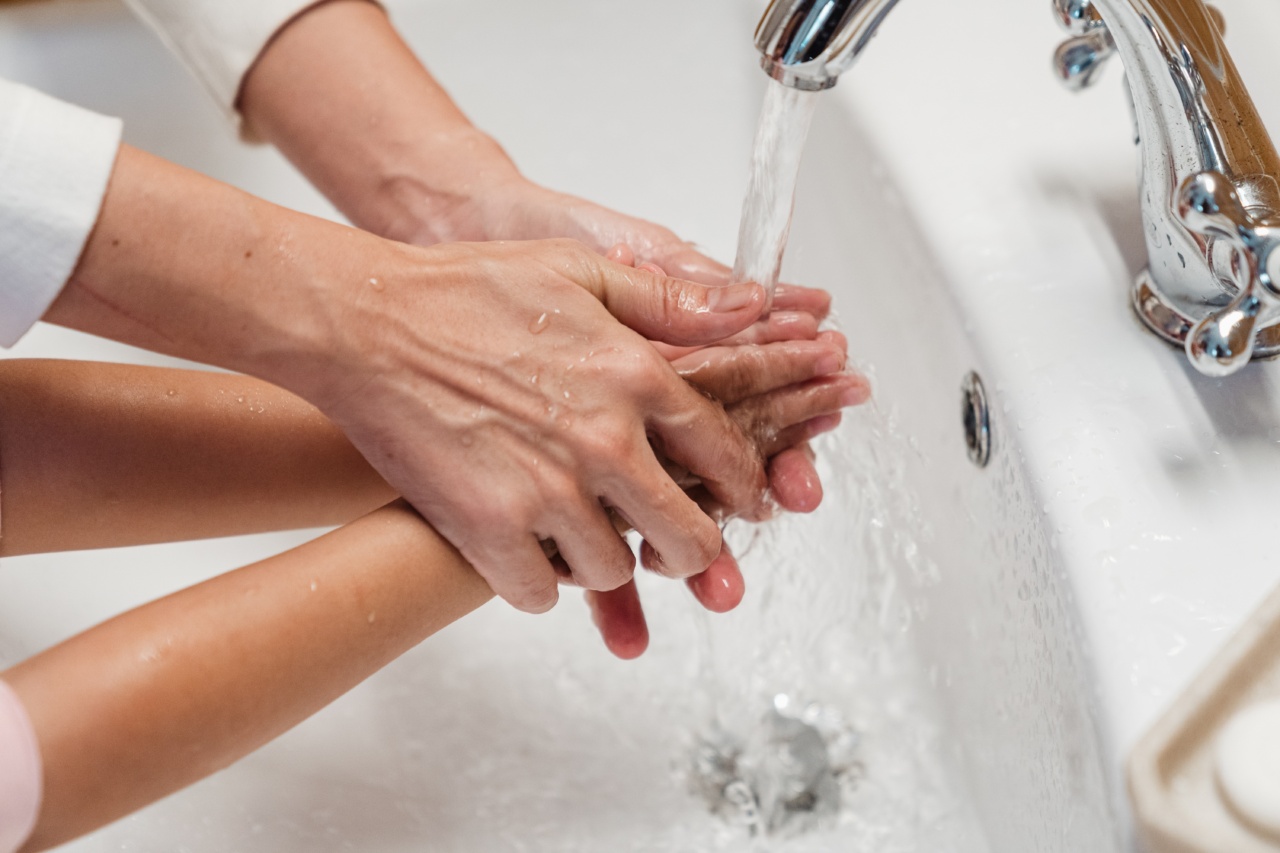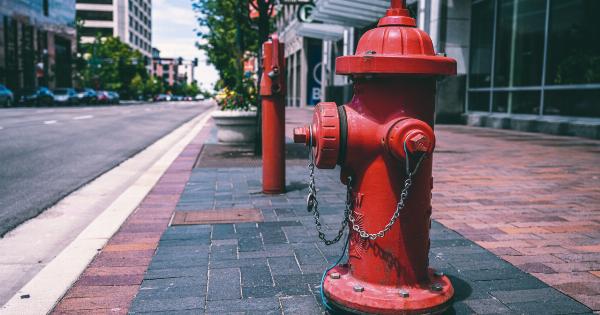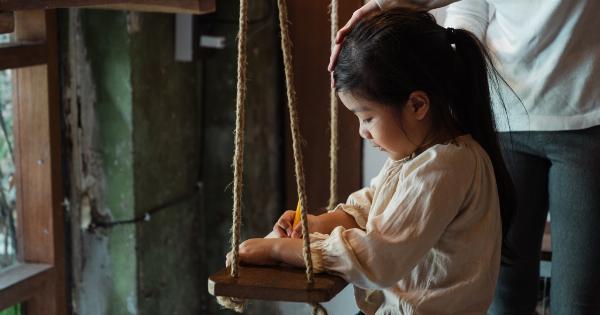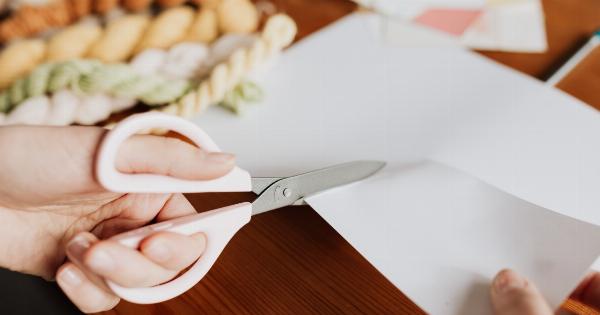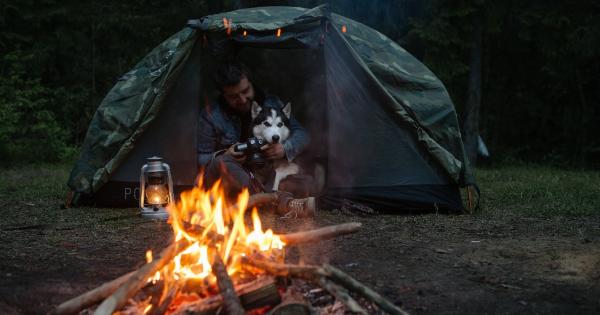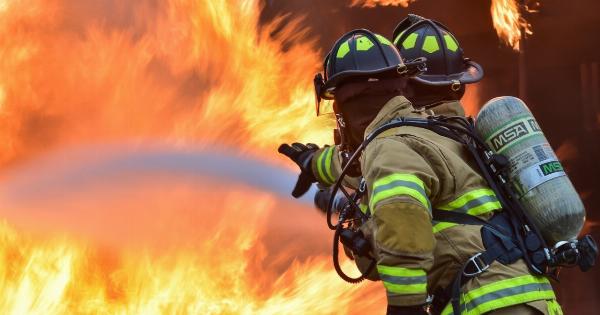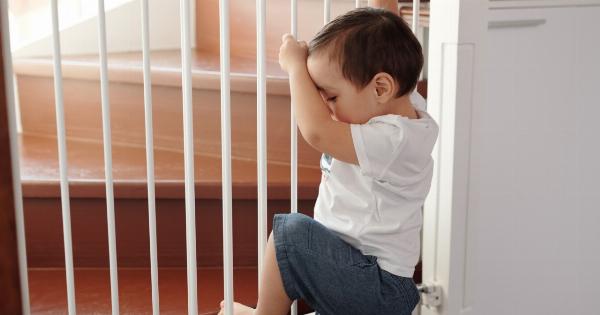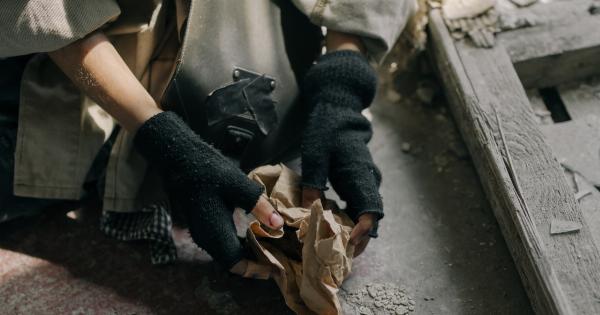Ensuring the safety of our children is a top priority for every parent. While we take precautions to child-proof our homes, accidents can still occur unexpectedly.
It is essential to be aware of the potential hazards and take preventive measures to protect our little ones. In this article, we will discuss some common home accidents and provide tips on how to keep your children safe.
1. Falls
Falls are the leading cause of non-fatal injuries among children. To prevent falls, make sure staircases have secure handrails and install safety gates at the top and bottom. Keep windows locked and consider installing window guards or safety netting.
Remove clutter and ensure walkways are clear to avoid tripping hazards. Additionally, use soft padding or mats in play areas.
2. Burns and Scalds
Children have sensitive skin, making them more susceptible to burns and scalds. To prevent such accidents, keep hot liquids and appliances out of reach. Turn pot handles inward to avoid accidental spills.
Install stove guards and cover electrical outlets to prevent burns from contact with hot surfaces.
3. Choking and Suffocation
Choking and suffocation can occur from small objects, plastic bags, or even crib mattresses. Keep small objects out of reach, and avoid giving young children toys with small parts. Supervise meal and snack times to prevent choking on food.
Make sure cribs meet safety standards, and avoid using pillows, blankets, or stuffed animals during sleep to reduce the risk of suffocation.
4. Poisoning
Household chemicals, medications, and cleaning products can pose a significant threat to children. Keep all toxic substances in locked cabinets or out of reach. Store medications separately and in child-resistant containers.
Use childproof locks on cabinets containing cleaning supplies. It’s also crucial to teach children about the dangers of ingesting unknown substances.
5. Drowning
Children can drown in even a few inches of water, making drowning a major concern for parents. Never leave young children unattended near water, whether it’s a bathtub, pool, or even a bucket filled with water.
Install childproof safety locks on bathroom doors and cover pools when not in use. Enroll your child in swimming lessons at an appropriate age to enhance their water safety skills.
6. Cuts and Lacerations
Cuts and lacerations can occur from sharp objects found around the house. Keep knives, scissors, and other sharp utensils out of reach. Store them in locked drawers or high cabinets.
Teach older children about proper handling and cutting techniques to minimize the risk of accidents.
7. Strangulation
Cords from window blinds, curtains, and even baby monitor wires can present a strangulation hazard. Keep cords tied up and out of reach. Install cordless window coverings or use safety tassels and cord stops to prevent accidents.
Secure cords from baby monitors and other electronic devices so that children cannot reach them.
8. Fire Hazards
Fire hazards are a significant concern. Install smoke detectors on every floor of your home and test them regularly. Keep matches, lighters, and candles out of reach. Teach your children the dangers of fire and how to respond in case of an emergency.
Have a fire escape plan and practice it with your family.
9. Electrical Accidents
Electrical outlets and appliances can pose risks to children. Cover electrical outlets with childproof caps or outlet covers. Ensure cords are not frayed or damaged to prevent electric shocks.
Teach your children about electrical safety and the importance of not sticking objects into outlets or appliances.
10. Furniture Tip-Overs
Children can be injured or trapped under heavy furniture if it tips over. Secure bookshelves, dressers, and other large furniture to the wall using brackets or straps. Avoid placing heavy items on top shelves to prevent an uneven weight distribution.
Keep items frequently used by children on lower shelves to discourage climbing.
